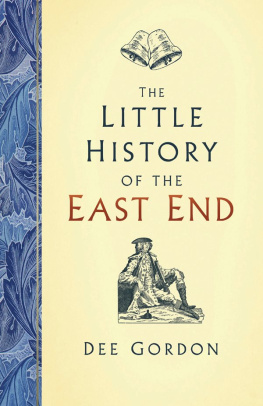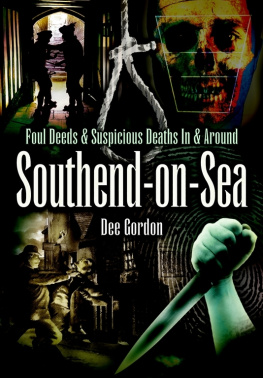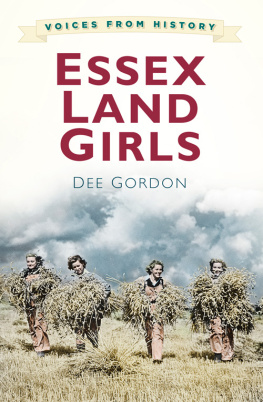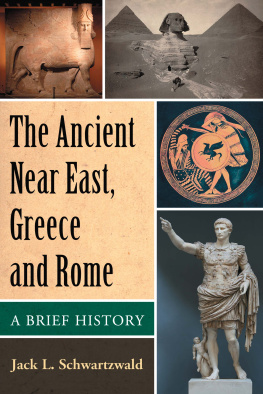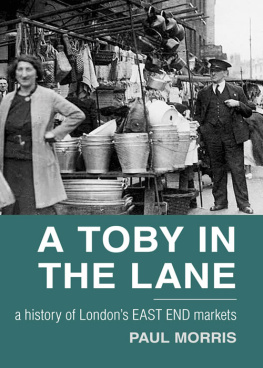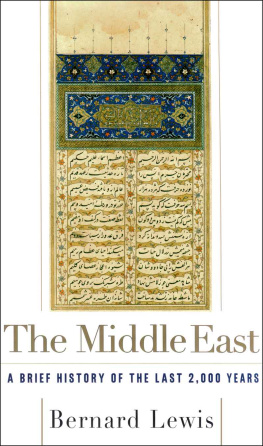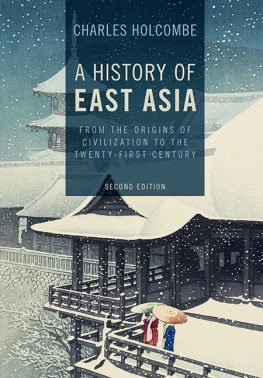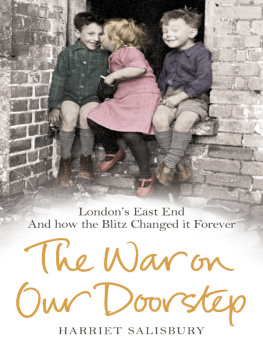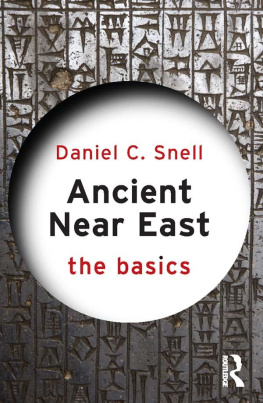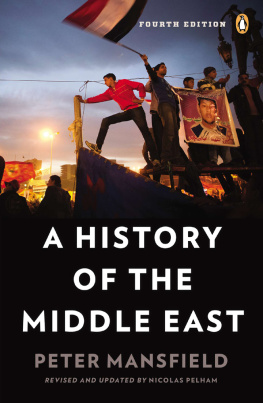Contents
Guide


First published 2020
The History Press
97 St Georges Place, Cheltenham,
Gloucestershire, GL50 3QB
www.thehistorypress.co.uk
Dee Gordon, 2020
The right of Dee Gordon to be identified as the Author of this work has been asserted in accordance with the Copyright, Designs and Patents Act 1988.
All rights reserved. No part of this book may be reprinted or reproduced or utilised in any form or by any electronic, mechanical or other means, now known or hereafter invented, including photocopying and recording, or in any information storage or retrieval system, without the permission in writing from the Publishers.
British Library Cataloguing in Publication Data.
A catalogue record for this book is available from the British Library.
ISBN 978 0 7509 9578 8
Typesetting and origination by The History Press
Printed in Turkey by Imak.
eBook converted by Geethik Technologies

CONTENTS
This book is dedicated to the best East End parents ever, George and Dora Winston
INTRODUCTION
This has been a fascinating book to research. Although I was born and brought up in Whitechapel, and have written a couple of books about the East End, not to mention reading many on the subject, I thought I was well acquainted with the areas history. Not so! On this journey, I have learned such a lot about the area, its people, its shifting status, its highs and its lows. My affection for my roots is undaunted, and it is this affection I hope to share, from the East Ends embryonic beginnings to its twenty-first-century faade and it is indeed a faade, for it is necessary to dig deep to find the true nature of the place.
I hope you will love learning about it as much as I did. You will notice that I have only touched on some of its more famous stories Jack the Ripper and the Krays for instance. This is for two reasons: the East End has a light side to offset the dark side, and there are a huge number of books and websites dedicated to such specific parts of its history. As you will see, the East End has a lot more to offer than criminals and, in a Little History with its suggested limitations, the main focus is on local growth and change with just a nod to its elaborate and extensive political and religious history. It could have otherwise proved to be quite a daunting read, and that is not the intention. Apologies if I have left out your favourite bit of East End history!
To clarify, my East End is bounded by the River Thames in the south, the River Lea in the east, the City of London in the west and Victoria Park on the Hackney border in the north. This represents postcodes E1, E2, E3 and though it may sound odd, but I didnt choose the postcodes! E14.
ACKNOWLEDGEMENTS
I am particularly indebted to the staff at the Tower Hamlets Local History Archive in Stepney, although the staff at the Museum of London, the British Library and the Museum of Docklands, as well as Dan Heather at the Royal London Hospital Archive, have also proved very helpful. Lesley Love and her Facebook community (East London Days Gone By) offered help, especially with images, as have some of the Flickr community especially Hornbeam Arts, Maggie Jones, Rob Higgins, Simon Harriyott, Richard Nevell and Tom Bastin. Images have been gratefully sourced via Wellcome Images, the Institute of Historical Research, the National Brewery Heritage Trust, the National Brewery Centre, Dr Neil Clifton, Neil Powell (battlefieldhistorian.com) and Robert Wynn Jones (lostcityoflondon.co.uk) in addition to more traditional sources. All copyright sources have been investigated and checked, apart from the anonymous postcards belonging to the authors own collection. I would also like to thank Nicola Guy and the staff at The History Press in Gloucestershire; a long way from the East End, but with some empathy for the subject regardless.

Woolly mammoth. Bulletin of the Geological Society of America, 1890
1
FROM THE STONE AGE TO THE ROMANS
THE FIRST COCKNEYS?
No Bow Bells so no Cockneys, but a few early Ice Age wanderers as much as a million years ago were likely to have been travelling across what we now call Europe, from the African continent, with no North Sea to cross. Could pre-Neanderthals (homo erectus) have been hunting lions, bears, rhinos and even elephants in the area now known as the East End of London? Or did hunting only gather pace with the advent of woolly mammoths, reindeer and horses? Such animals would perhaps have been driven into the marshes in that vicinity to make them easier to catch. Foraging for nuts and fruit would have added to a carnivorous diet. There are no confirmed signs of human life, however, in and around London until after 110,000 BC, even though tools made by an early species of human were found less than 100 miles away, in Suffolk, from over half a million years ago.
The River Thames is thought to have been on its current course for half a million years, its formation and route dictated by ice sheets. The Lea Valley was formed, similarly, by flooding spreading southward as a result of glacial melt as late as c. 10,000 BC but was believed to be populated (if scantily) soon after. As the North Sea plains flooded, the resultant river valleys meant that early hunter-gatherers could pass through what is likely to have been dense forest, and the Thames would have been one of those rivers forced into a new route. Climate warming meant that the levels of the River Thames and River Lea rose over the next few thousand years, and the local landscape slowly changed, becoming more fertile around what is now Stepney, Bow and Bethnal Green. (Note the use of the popular spelling Lea rather than the often used Lee, to avoid confusion.) The Thames itself is now a shadow of its former, early self.
Historians certainly argue for the presence of early hunter-gatherers in the area from around 4000 BC, bearing in mind that various species of humans virtually disappeared with every recurrent Ice Age (every 100,000 years or so). The earliest skeleton found in the area covered by this book dates from as early as 3900 BC. This was found in Blackwall and, interestingly, was revealed to be in the foetal position which could indicate either a ritual return to Mother Earth, or some need for a small grave. Early humans, as in other parts of early Britain, would have lived by hunting on the then marshy areas on the banks of rivers such as the Thames, the latter becoming more of a farming community once they started growing additional food around 3500 BC. Wheat grains were found in the Canning Town area which were dated to c. 3000 BC. Early finds of stone tools and weapons in the Thames Valley date from this period, then bronze finds followed by iron implements from around 800 BC (hence Stone, Bronze and Iron Ages, of course). Excavations in nearby Hackney Brook revealed a plethora of tools dating from

